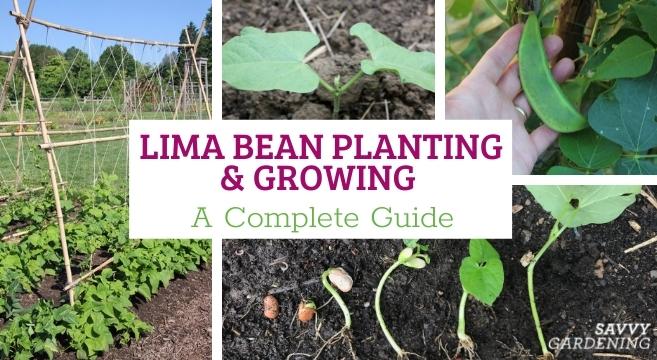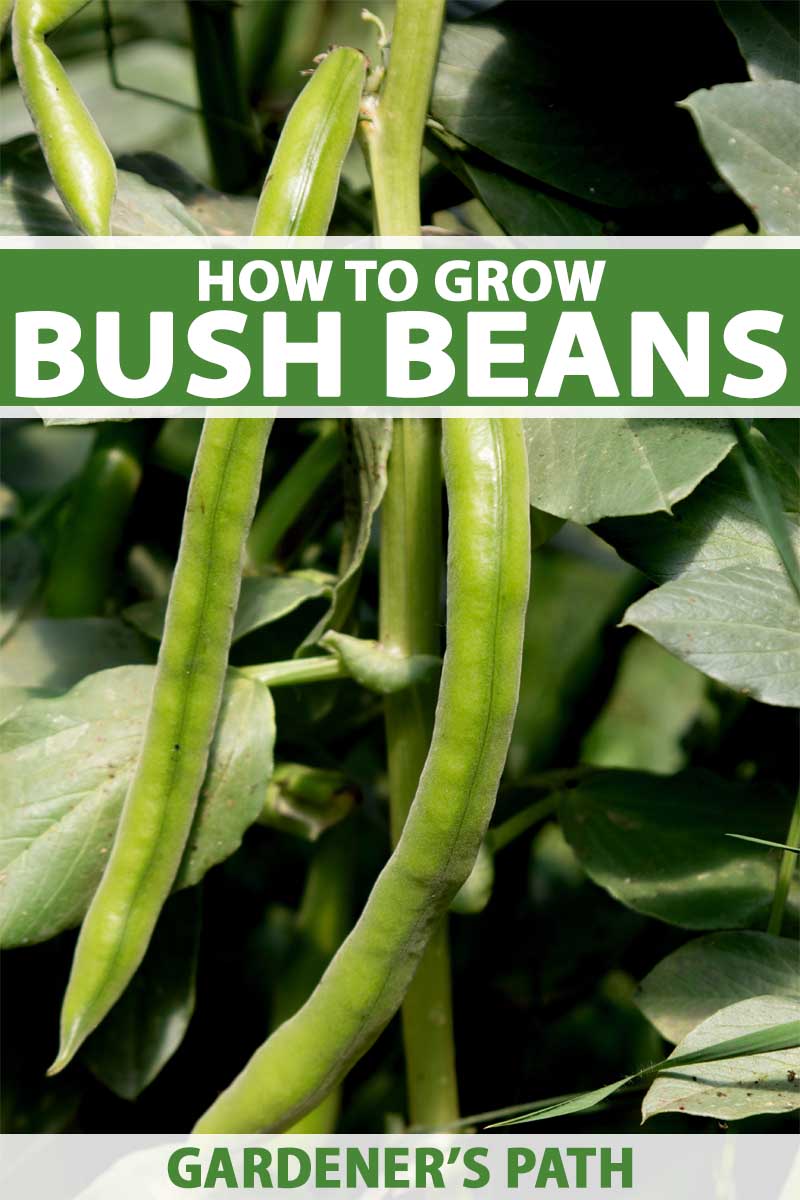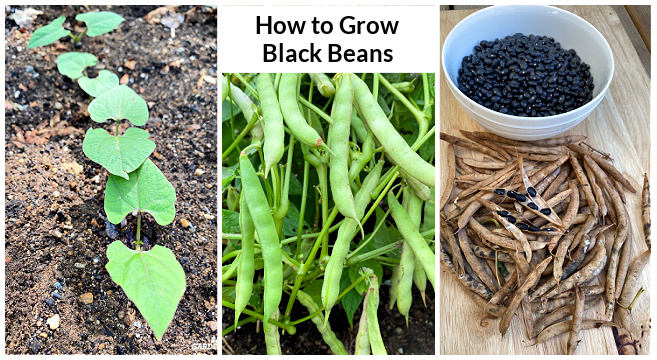Table of Contents
Beans are a versatile and delicious vegetable that can be enjoyed in many different ways. They are a good source of protein, fiber, and vitamins, and they can be grown in a variety of climates. If you are interested in growing your own beans, this comprehensive guide will provide you with all the information you need to get started.
Growing Beans: A Comprehensive Guide from Propagation to Harvest
Propagation
Starting from Seed
Beans can be started from seed directly in the garden or indoors in pots. If you are starting seeds indoors, sow them 6-8 weeks before the last frost date in your area. Sow the seeds 1 inch deep in a well-draining potting mix. Keep the pots warm and moist, and provide plenty of light.
Once the seedlings have developed their first set of true leaves, they can be transplanted outdoors. Harden off the seedlings by gradually exposing them to outdoor conditions for a week or two before transplanting.
Transplanting Seedlings
When transplanting bean seedlings, space them 4-6 inches apart in rows that are 2-3 feet apart. Water the seedlings deeply after transplanting.
Using Transplants
You can also purchase bean transplants from a garden center. When transplanting, dig a hole that is twice the width of the root ball and just as deep. Place the transplant in the hole and backfill with soil, tamping down gently to remove any air pockets. Water the transplant deeply.
Method | Advantages | Disadvantages |
|---|---|---|
Starting from Seed | Less expensive, more variety | Takes longer, requires more care |
Using Transplants | Faster, easier | More expensive, less variety |
Propagation:strip_icc()/derby-bean-72670a8b-dd4d3bd1d27045bdb46a1d6bcc2b36ed.jpg)
Planting
Site Selection
Beans need full sun and well-drained soil to grow well. They also need a pH of 6.0 to 6.8.
If your soil is not well-drained, you can amend it with compost or other organic matter. You can also raise the beds to improve drainage.
Planting Time
Beans can be planted in the spring or summer, after the last frost date in your area.
If you are planting beans in the spring, start them indoors 6-8 weeks before the last frost date. Transplant the seedlings outdoors after the soil has warmed up.
If you are planting beans in the summer, you can sow the seeds directly in the garden.
Planting Time | Method |
|---|---|
Spring | Start seeds indoors 6-8 weeks before the last frost date. Transplant seedlings outdoors after the soil has warmed up. |
Summer | Sow seeds directly in the garden after the last frost date. |
Planting Depth and Spacing
Beans should be planted 1 inch deep and 4-6 inches apart. The rows should be 2-3 feet apart.
When planting beans, it is important to firm the soil around the seeds. This will help to ensure good seed-to-soil contact and prevent the seeds from drying out.
Planting
Growing
Beans are relatively easy to grow, but they do require some basic care. Water the beans regularly, especially during hot and dry weather. Fertilize the beans every few weeks with a balanced fertilizer. Mulch around the beans to help retain moisture and suppress weeds.
Task | Frequency |
|---|---|
Watering | Regularly, especially during hot and dry weather |
Fertilizing | Every few weeks |
Mulching | Around the beans to help retain moisture and suppress weeds |
Growing
Harvesting
Beans are ready to harvest when the pods are plump and the beans inside are fully developed. The pods should be a deep green color and free of blemishes. To harvest beans, simply snap the pods off the vine. Be careful not to damage the vines, as they can continue to produce beans for several weeks.
Bean Type | Days to Maturity |
|---|---|
Bush Beans | 50-60 days |
Pole Beans | 60-80 days |
Lima Beans | 70-90 days |
Harvesting
Storing
Beans can be stored in a variety of ways. The most common way is to store them in a cool, dry place in an airtight container. Beans can also be stored in the refrigerator for up to 2 weeks. If you want to store beans for longer, you can freeze them for up to 6 months.
Storage Method | Duration |
|---|---|
Cool, dry place in an airtight container | Indefinitely |
Refrigerator | 2 weeks |
Freezer | 6 months |
Storing:max_bytes(150000):strip_icc()/how-to-grow-green-beans-1403459-hero-530fc7f267ce44cf89415748b46d88b4.jpg)
Troubleshooting
Common Problems
- Beans are not germinating: This could be due to a number of factors, such as old seeds, improper planting depth, or cold soil.
- Beans are growing slowly: This could be due to a lack of water, nutrients, or sunlight.
- Beans are wilting: This could be due to a number of factors, such as drought, disease, or pests.
- Beans are producing few or no pods: This could be due to a number of factors, such as poor pollination, lack of nutrients, or disease.
Solutions
Problem | Solution |
|---|---|
Beans are not germinating | Check the seed packet to make sure the seeds are not old. Sow the seeds 1 inch deep in well-draining soil. Keep the soil warm and moist. |
Beans are growing slowly | Water the beans regularly, especially during hot and dry weather. Fertilize the beans every few weeks with a balanced fertilizer. |
Beans are wilting | Check the soil to make sure it is not too dry. Water the beans deeply. If the beans are wilting due to disease or pests, treat the plants with an appropriate fungicide or insecticide. |
Beans are producing few or no pods | Check the flowers to make sure they are being pollinated. If the flowers are not being pollinated, hand-pollinate the flowers. Fertilize the beans every few weeks with a balanced fertilizer. |
Troubleshooting
FAQs
What are the different types of beans?
There are many different types of beans, including:
- Bush beans
- Pole beans
- Lima beans
- Kidney beans
- Black beans
- Pinto beans
What is the best way to grow beans?
Beans are relatively easy to grow, but they do require some basic care. Here are some tips for growing beans:
Task | Frequency |
|---|---|
Watering | Regularly, especially during hot and dry weather |
Fertilizing | Every few weeks |
Mulching | Around the beans to help retain moisture and suppress weeds |
How do I harvest beans?
Beans are ready to harvest when the pods are plump and the beans inside are fully developed. The pods should be a deep green color and free of blemishes. To harvest beans, simply snap the pods off the vine. Be careful not to damage the vines, as they can continue to produce beans for several weeks.
FAQs
Final Thought
Growing beans is a rewarding experience that can provide you with fresh, delicious vegetables for months to come. By following the tips in this guide, you can successfully grow beans in your own garden. So what are you waiting for? Get started today!